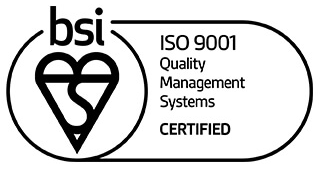How Metal Castings Support Medical Equipment and Applications
Few sectors are more demanding on equipment than healthcare, and as a result, it's vital that medical casting manufacturers create reliable parts that meet the required specifications, exceed expectations and guarantee patient safety in the process. Read on to explore the beneficial partnership between medical equipment designers and metal casting foundries for safe medical applications.
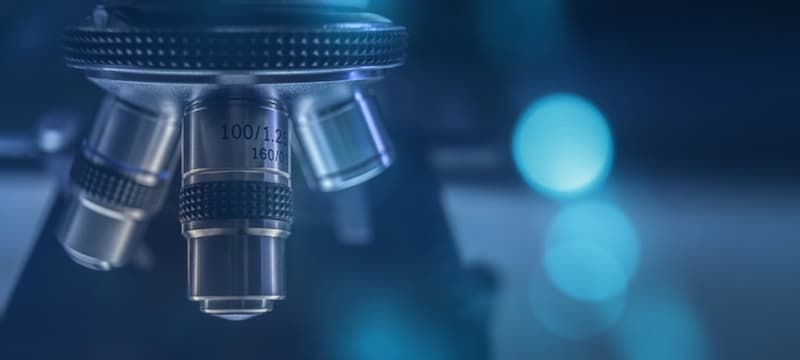
Examples of Investment Cast Medical Devices
Various casting methods are often used to create a broad range of applications for the medical sector. Here are just some examples of the many devices and equipment that need this manufacturing method to create some of their components.
- Various surgical instruments
- Medical transportation assistance – wheelchairs, walkers, and lift seats
- Housings for medical monitors
- Ventilator parts
- Stethoscopes
- Various small components for surgery machinery
- Brackets for medical equipment – operating lamps and scanners
- Prosthetics components
- Large components for stretchers and beds
Pre-Casting Rapid Prototyping Assistance
We compensate for the constantly improving nature of medical technology by updating our metal-casting operations to meet the exacting needs of these new technologies. We know the significance of new technology for both manufacturers and designers and the many benefits of printing wax prototypes for custom part manufacturing. This is why we chose to invest in our advanced in-house Thermojet Wax printing system, which allows us to create detailed design prototypes with unparalleled speed and precision.
Our 3D printing process enables swift and affordable development by generating accurate wax models directly from your CAD data. These wax replicas are built layer-by-layer using cutting-edge Thermojet Wax printing technology. As one of the fastest methods available, our Thermojet Wax system is perfect for swiftly creating small quantities of parts for validation or one-off batch orders.
This provides medical device designers with the beneficial option to create their CAD-designed parts quickly with rapid casting prototyping, as well as review and improve the design before committing to costly metal castings. This significantly improves the efficiency of the entire manufacturing process, as you are guaranteed that the final pieces will be what you need for your final application.
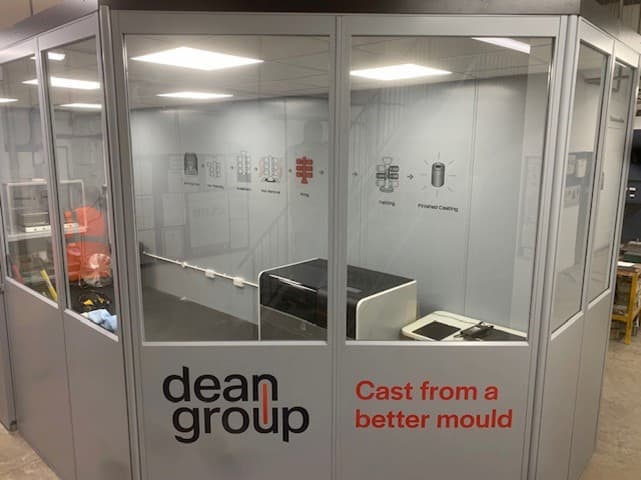
Why Are Stainless Steel Medical Castings Often Chosen?
Whilst various material choices are available for casting at our UK foundry, along with a few select choices suitable for medical applications, there is one material that is more popular than all others: stainless steel.
Stainless steel castings meet many criteria that make them perfect for healthcare applications. It has strong mechanical and physical properties that make it great for larger applications such as hospital beds and stretchers. It also has significant resistance to stresses and pressure, which makes it excellent for operating tables, crutches, and prosthetics.
Additionally, this choice is significantly more accessible than other more costly materials, such as titanium, tantalum and palladium, making it more cost-efficient for application designers and their budgets.
Stainless steel investment castings are made from a metal alloy that consists of a blend of at least half iron with a minimum of 10.5% chromium – the exact percentage of chromium varies, as stainless steel castings can contain up to 30% of this metal, depending on your designs requirements. Also, stainless steel contains other elements used to augment its structure and properties – such as nickel, molybdenum, copper, silicon and titanium – which adds strength and durability to this alloy.
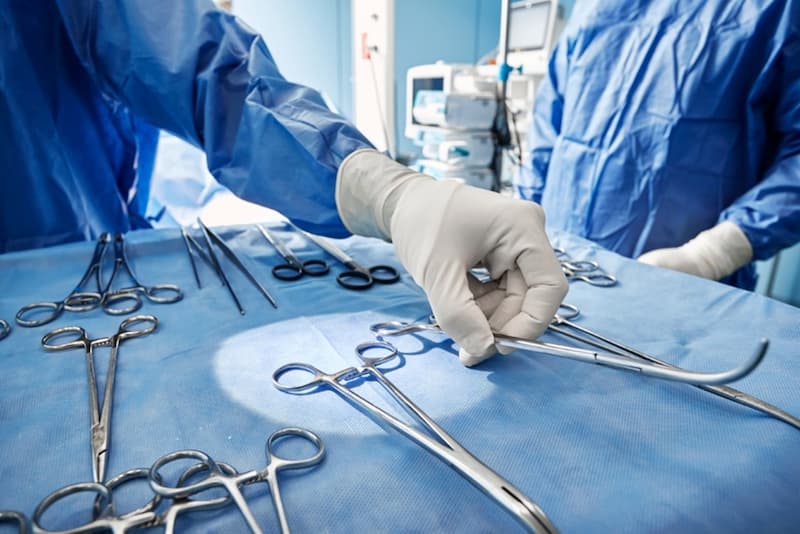
Investment Casting for Medical Parts
Investment casting is an effective manufacturing process for medical castings as parts will be manufactured with complex geometries, in large numbers, and with tight dimensional tolerances, all essential factors for newly developed medical equipment.
Once the design has passed the prototyping and testing stages, tooling will be conducted to create an effective solution that meets all of those factors and more. Tooling is essentially a metal container to hold solidifying wax and create a temporary example of the design we plan to cast.
The created wax example will be used to create a mould for the liquid metal to be poured into and create the metal design. This process is chosen for both low and high-volume orders and is capable of creating highly complex parts. Once the metal cools to prepare the part for shipping, but what we are left with is a product that exactly matches your design specifications.
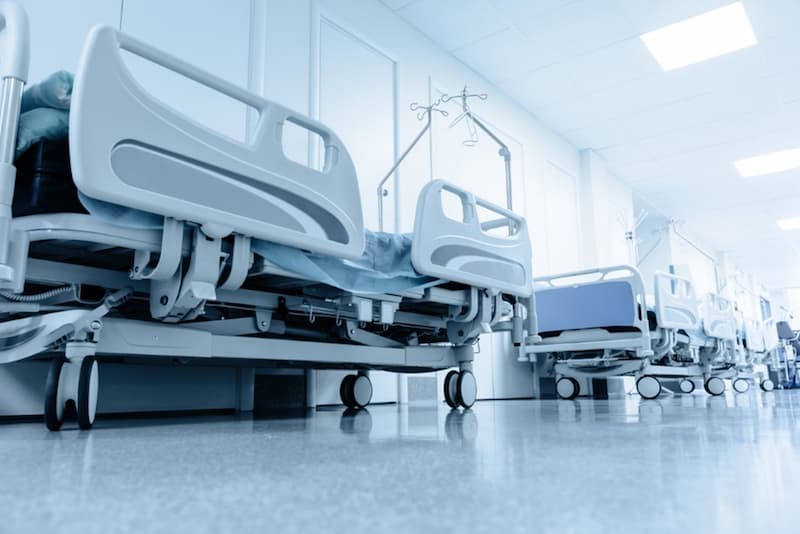
Die Casting for Medical Components
Die casting has similarities to investment casting in that it involves injecting liquid metal into a mould to create the parts you need, but there is one significant difference: the use of metals with low melting points in die moulds. Die moulds are reusable moulds filled with liquid metal with low melting points, such as aluminium, using pressure or gravity techniques. This process has a faster production time compared to investment casting and is a great alternative for less complex designs that need to be manufactured in large numbers, such as a cylinder strut part for a crutch.
Electropolishing for Improved Hygiene
When creating medical castings, we will employ additional processes to improve the material's inherent characteristics. One choice specific to medical applications is electropolishing. This is one of the many additional casting surface treatments we provide our clients in the healthcare sector.
Electropolishing (also known as a reverse plating process) is an electrochemical process that removes a microscopic layer from the surface of the cast part. This results in an incredibly smooth surface with all defects eliminated and a significantly increased resistance to corrosion.
In the context of medical applications, this makes cleaning the metal components far easier and with more effective results, as there are no areas for bacteria to collect on the smooth surface. Additionally, the cast parts need to withstand frequent cleaning with corrosive chemicals. This makes electropolishing and the increased resistance it provides more beneficial for increasing the longevity of the part.

Medical Casting Foundry
At Dean Group, we are proud to manufacturemedical products and applications. We manufacture castings for a broad range of markets, including ISO 9001:2015, from our foundry located in Manchester, UK. Contact us today to discuss your next project and discover which of our processes will best fulfil its requirements.
Registered in England VAT No: 146307478 Company Registration No: 1062820
